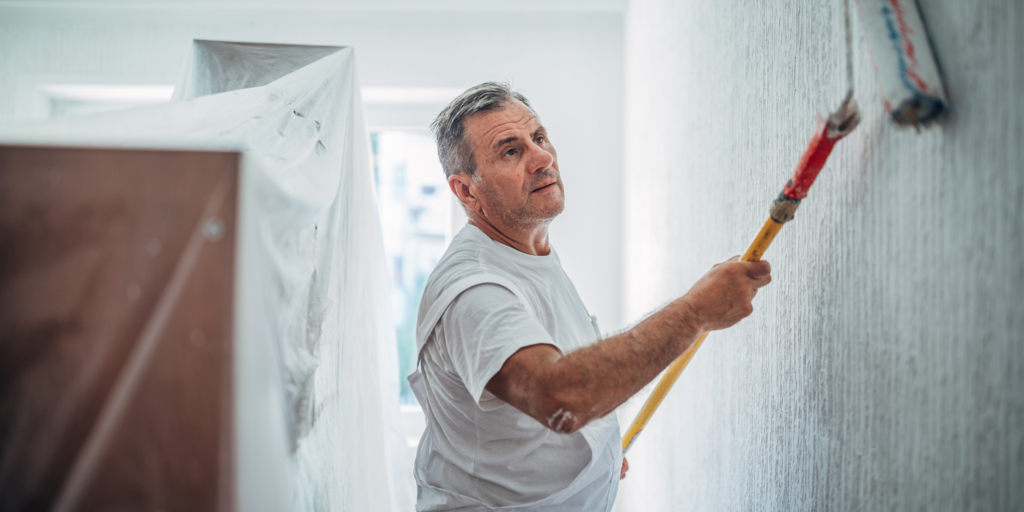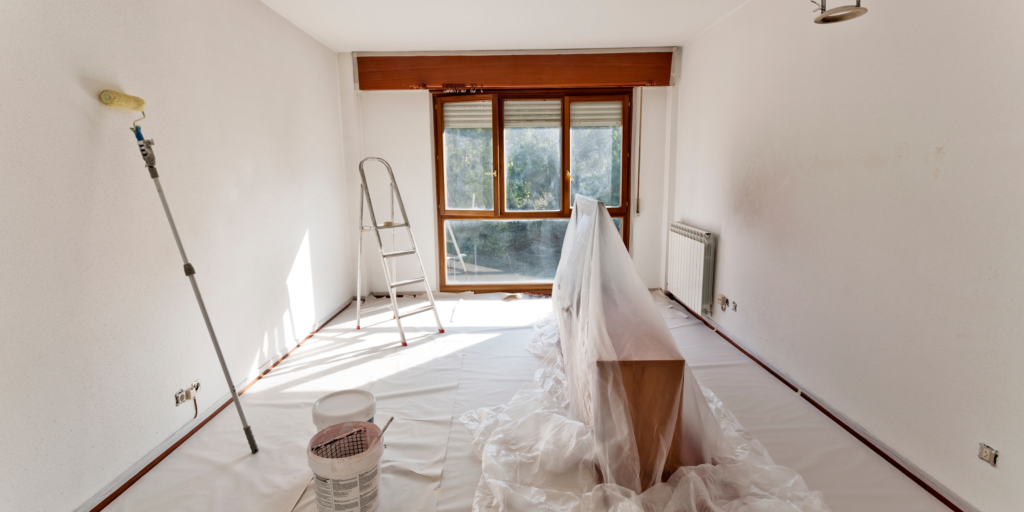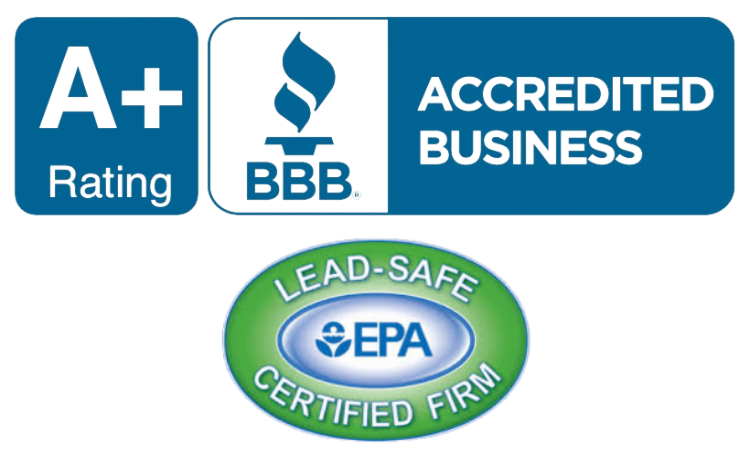If you want a professional paint job that lasts long, you must prepare your property for painting. To succeed in your house’s painting project, interior or exterior, you must prepare beforehand. In this section, you will find a detailed guide to everything you should know to prepare your house for painting, from the inside to the outside. We will cover every need, starting with assessing the state of your walls and ending with helping you choose the best materials and methods.
Evaluating the Walls’Walls’ State
The first and foremost thing to do while preparing your house to be painted is to check out the walls. Start with holes, fissures, or other flaws on the surface. A flashlight is handy when seeking damage that may not be apparent in natural light. Before painting, check that the walls are dry and mold-free by looking for signs of moisture. Make sure all is leveled and smooth, and mark any spots that need fixing. Inspect the walls for problems that need repairing before you begin to paint.

Preparing the Interior
Preparing the interior before the painting process is essential for a finish that will last. First, remove everything that could hinder the area, such as furniture or fixtures. Be sure to cover the flooring and anything else that may get splattered with plastic or sheets. Now, we need to clean the walls and trim so that any dust, dirt, or grease is removed and the paint will adhere better. Mix a mild detergent with water to clean and wait until the surfaces are completely dry. Last, use good painter’s tape to make sharp, clean lines and to tape off any areas you don’t want painted, like windows, baseboards, and trim.
Preparing the Outside
To get a professional look and a lasting finish, you must prepare the outside of your property before painting. Before starting the painting process, it is essential to check the outside surfaces’ state. The first thing you need to do is look for cracks, flaking paint, mildew, and water damage on the walls. Inspect the surface for any holes or bumps that should be smoothed out to have a level and even finish. The outside surfaces must be cleaned, removing any dust, grime, or grease that may have built up and impaired the paint’s ability to adhere. In the end, use preeminent painter’s tape to cover any areas you don’t want to be painted to get clean and precise lines.
Choosing the Right Paint and Supplies
There is much to consider when choosing paint and materials for your home. Selecting a good paint suitable for the surfaces you will paint should be your first concern. Since each finish type has advantages and looks, you should consider whether you want a flat, eggshell, satin, or semi-gloss finish. Besides heavily used places, you should consider how long the paint will last and how easy it would be to clean. Selecting the right paintbrushes, rollers, drop cloths, and primers is crucial to ensure the job is done quickly and easily. It would help to choose quality supplies to have your painting project turn out well and last.
Priming the Surface
Priming the surface is necessary as it guarantees that the new paint will adhere evenly and smoothly, thus making it an essential part of the painting process. Ensure the walls are dry, clean, and dust-free before applying primer. Before painting any surface—drywall, wood, masonry, etc.—use a good-quality primer appropriate for that material. Use a brush or roller to apply the primer evenly over the entire surface. To get a professional, long-lasting finish that will enhance your home’s appearance, ensure the primer is completely dry before adding the final coat of paint.
Preserving the Environment
To get a neat, professional look when painting your house, protect the surrounding areas of the building. Cover all the surfaces and objects that you don’t want to get paint on before you start painting. Use high-quality painter’s tape for your lines to be straight and your corners protected.
Approaches to Painting

Remember to follow the proper painting techniques if you want your house to look nice after you’ve painted it. Achieving a smooth and even finish depends on techniques such as brush strokes and roller application. We begin with the first things: Decide what you will paint and then pick the brushes and rollers specially made for that surface. Paint should be applied with a brush, spreading it in even, smooth strokes from top to bottom to avoid drips and runs. Another option is to use a roller and paint evenly in a W or M pattern. After that, long vertical strokes are to be applied for smoothening.
In summary
The outcome of any painting project is highly dependent on your strict adherence to these detailed steps for priming your home interior and exterior. To achieve an aesthetic and quality finish, check your walls, clean the surfaces, choose the best materials, and apply the proper painting techniques. If the correct planning and paint application are done, a new paint job will look as good as it has been for many years.

